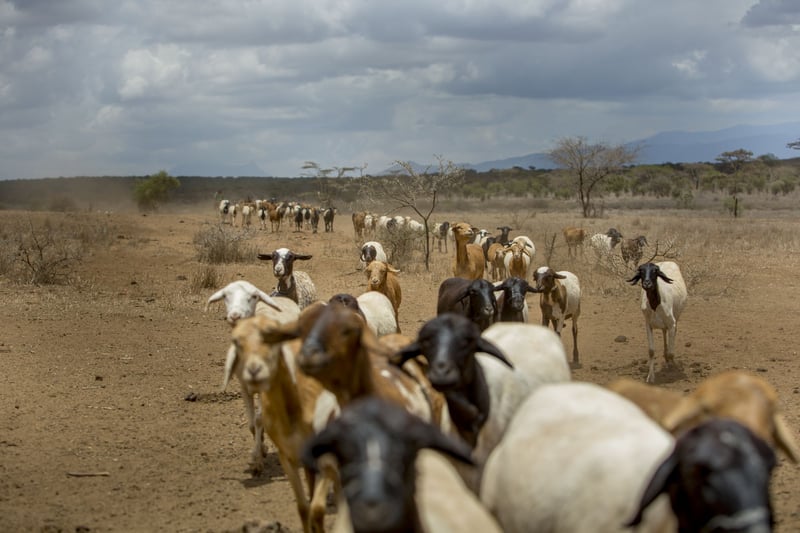
“The greatness of a nation can be judged by the way its animals are treated”. Mahatma Gandhi
In its simplicity and succinct nature, this quote probably unearths most, if not all you need to know about animal welfare. What is good for human beings will always be good for animals.
Human beings are very particular with what they eat, drink, where they live and the daily status of their health. This is always a means to ensure a good life. Animals are deserving of this as well. Their critical contribution to the ecosystem cannot be overemphasized. The environment requires a balance that can only be offered when human beings, animals and crops exist in harmony.
Tens of millions of people worldwide are dependent on their animals–for food, to earn a living, to stay healthy, as companions, for status, and to stay safe. This fundamental link between people and animals is not only crucial but pertinent to the growth of this globe.
For a long time, animals have borne the brunt of disasters, poor treatment by handlers and diseases that could otherwise be managed. Research establishes that animals are sentient creatures, they feel pain and endure suffering. It is at this realization that World Animal Protection prioritizes animals in their work.
Animals have freedoms too
Like the Universal Declaration of Human Rights, animals have five freedoms;
· Freedom from hunger and thirst
· Freedom from discomfort
· Freedom from pain, injury and disease
· Freedom to express normal behavior.
· Freedom from fear and distress.
The denial or lack of any of the above destabilizes their normal functioning to enjoy a good life. This informs our campaign areas that seek to benefit all classes of animals. Our current priorities are as follows:
- Animals in Communities – This entails companion animals kept in the homestead such as dogs and cats. In Africa, we are working with governments to end the needless culling of dogs as a means to curb the spread of rabies. Our proposed solution is to carry out mass dog vaccination to prevent dogs from suffering the fatal disease that is communicable to human beings. More on this campaign here
- Animals in farming – This comprises of animals kept on farms for meat or milk. We are working with industry to establish standards that guide how industrially farmed chicken should be reared. Most large-scale broiler chicken farmers keep the birds in cramped spaces of less than 1 meter per square foot inhibiting them from perching and moving freely. More on this campaign here.
- Animals in the wild – We focus on all animals kept in the wild to ensure that responsible tourism is practiced. A considerable number of tourist operators, capture wild animals whilst still young and put them in deplorable conditions for entertainment. This breaks their wild spirit denying them the opportunity to exude their natural behavior. More on this campaign here.
- Animals in Disasters – This gives a focus to any animal affected by a CAT 1 disaster. This is a disaster that cannot be contained by government alone and requires external support. For a long time in history, human beings were the priority for disaster response, however it has been proven over time that animals cannot be negated from the equation. Our goal is to ensure that when a disaster occurs, animals and communities are well protected. More on this campaign here.
Working to protect animals gives me the satisfaction that sustainable development is not a cause too farfetched. When animals are protected, communities’ livelihoods will be protected and in turn strengthening countries’ economies. This is achievable through small efforts harmonized by key stakeholders committed to playing their role diligently
Join our movement and let’s advance this great cause . Together, we can move the world to protect animals.